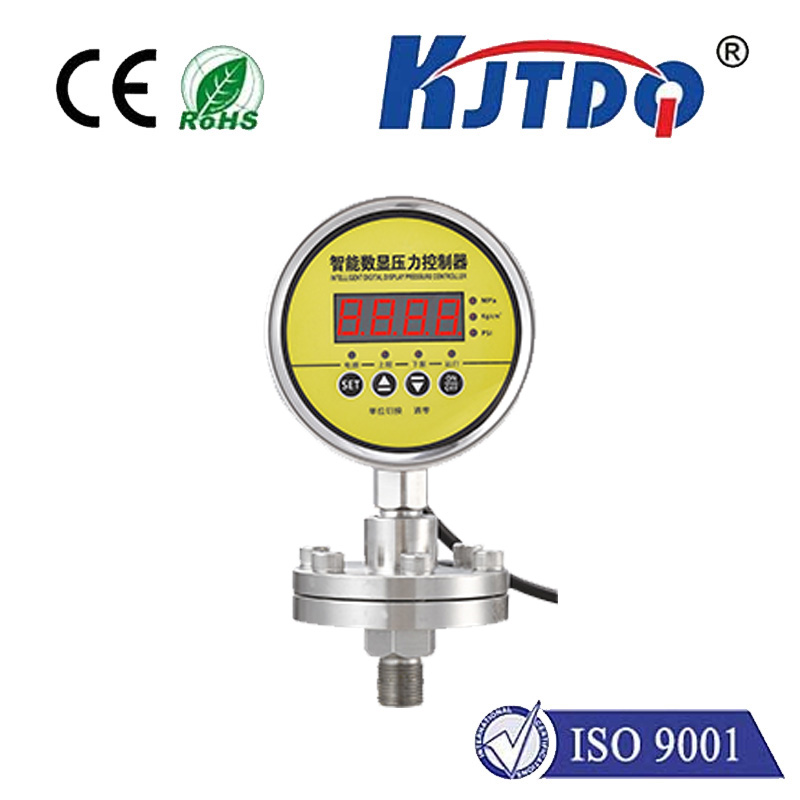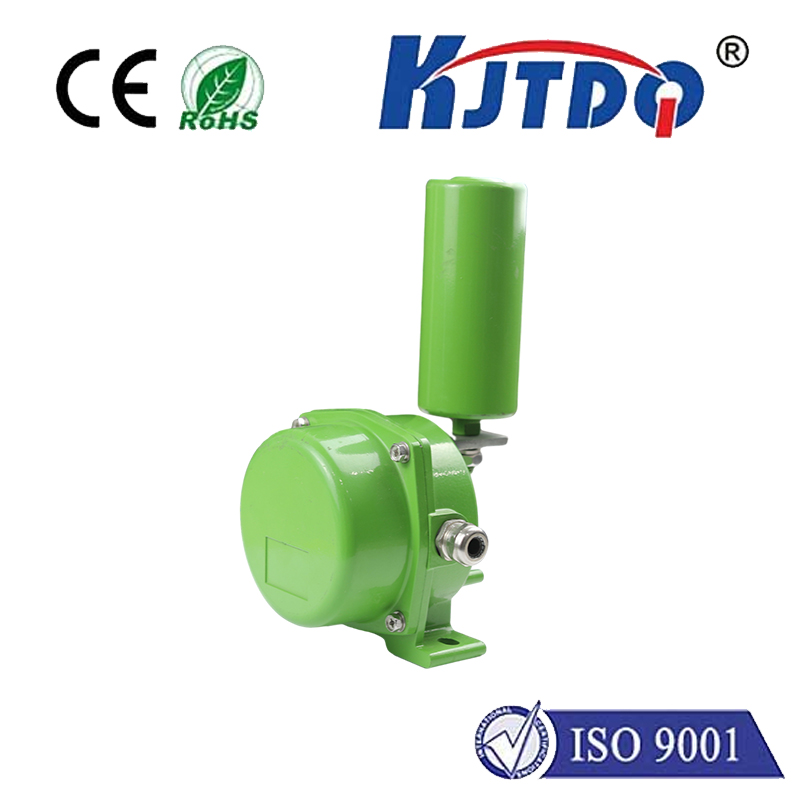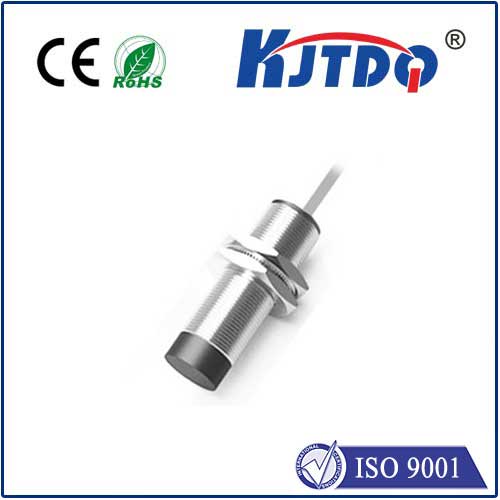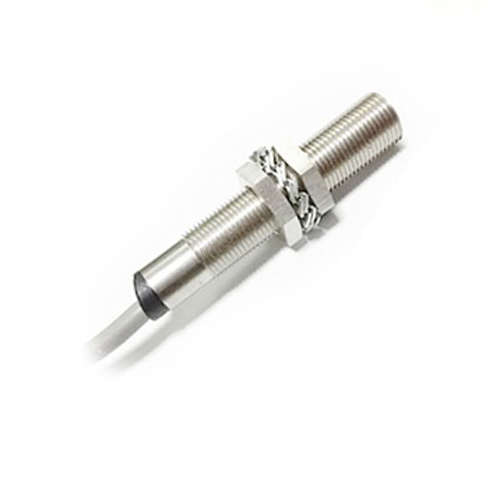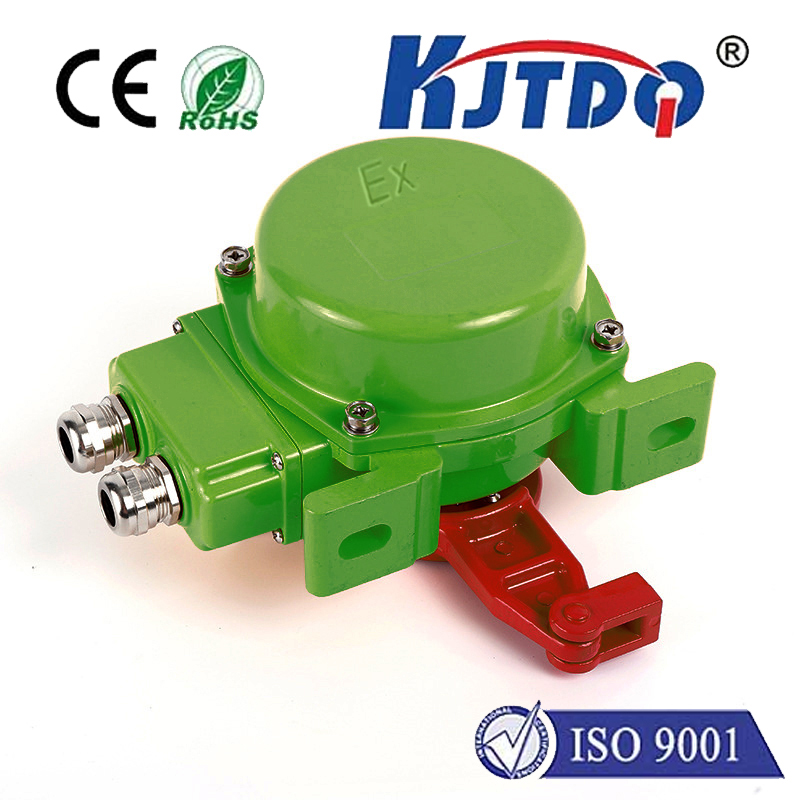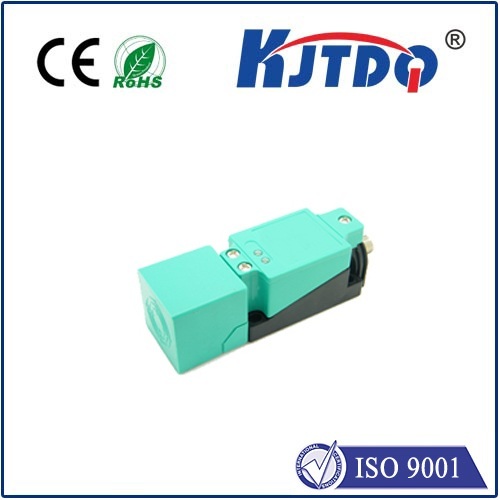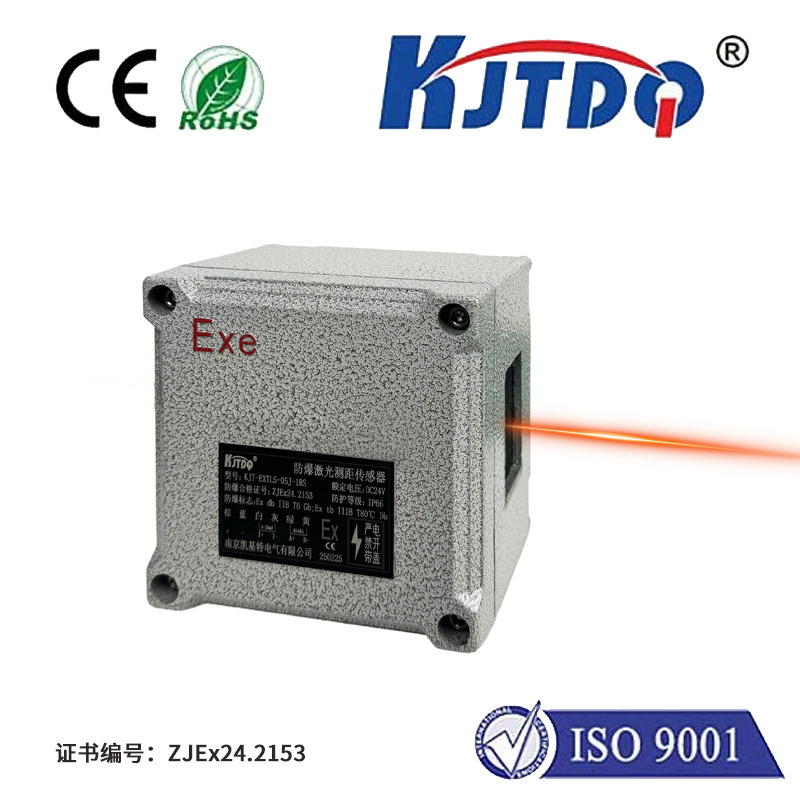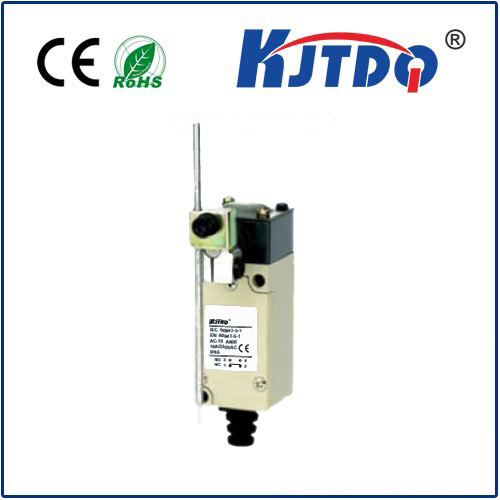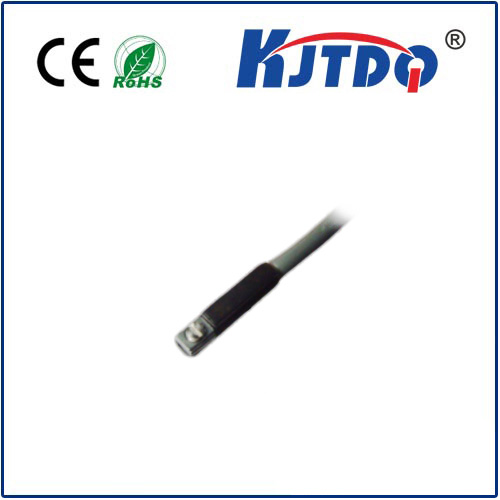

check

check

check

check

check

check

check

check

check

check
Picture this: a technician squints at a complex machine schematic, tracing wires and components. Their finger pauses over a small, standardized symbol representing a proximity switch. That simple icon isn’t just a drawing; it’s the key to understanding a critical point of non-contact sensing within the machinery. This is the world of symbol proximity switches, where clear, universal symbology isn’t just helpful – it’s essential for efficient design, maintenance, and safety in industrial automation.
What Exactly is a Symbol Proximity Switch?
At its core, a proximity switch (often simply called a proximity sensor) is an electronic device designed to detect the presence or absence of an object within its sensing range without physical contact. The term “symbol proximity switch,” however, specifically highlights the representation of this device within technical documentation, electrical schematics, ladder logic diagrams, and on the sensor housing itself. It refers to the standardized symbols used globally to denote this ubiquitous industrial component.
The proximity switch itself functions based on principles like inductive sensing (detecting metallic objects), capacitive sensing (detecting both metallic and non-metallic materials, including liquids), or sometimes ultrasonic or optical methods. Their fundamental purpose is to provide a reliable, non-contact signal indicating an object’s position – triggering actions like stopping a conveyor, counting parts, confirming robot positioning, or initiating a manufacturing sequence.
The Power of Universal Language: Why Symbols Matter

In the intricate tapestry of modern automation, clarity and consistency are paramount. Standardized symbols serve as this universal language:
Key Standards Governing Symbol Proximity Switches
The symbols used aren’t arbitrary. They follow internationally recognized standards:
Essential Symbol Variations: Deciphering the Code
Understanding a symbol proximity switch goes beyond recognizing the basic shape (like a diamond for inductive/capacitive). Internal details and external markings convey crucial information:
Where Symbol Proximity Switches Drive Industry
The applications are virtually limitless across sectors reliant on automation:
Beyond the Icon: The Tangible Benefits
Investing time in understanding symbol proximity switches yields significant operational advantages:
Mastering the language of symbol proximity switches is far more than an academic exercise for electrical engineers. It’s a fundamental skill for anyone involved in designing, building, installing, maintaining, or troubleshooting automated systems. Those small icons on a drawing or sensor housing represent powerful detection technology and encapsulate a vast amount of critical functional information. Recognizing the inductive proximity symbol, understanding the difference between an NPN NO and a PNP NC representation from the symbol, or knowing how a capacitive proximity sensor symbol differs – this fluency translates directly into operational efficiency, reduced downtime, and enhanced safety across the industrial landscape. The next time you glance at a schematic and see that familiar diamond or sensor icon, remember it’s not just a drawing; it’s a meticulously standardized command post within the complex world of machine control, silently ensuring things happen at the right place, at the right time, without a touch.
